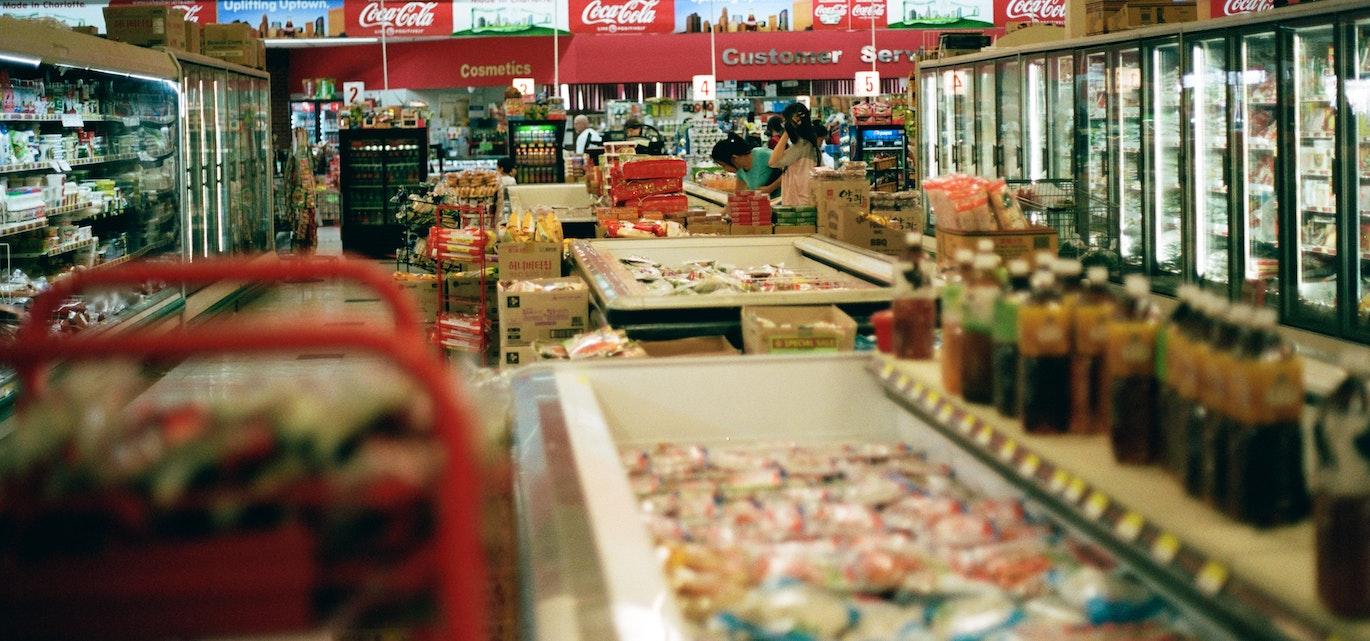
News + Updates
Find out what our team has been up to.

Find out what our team has been up to.

Barrier properties refer to the packaging's ability to resist the absorption of light, moisture, and oxygen. These properties come from the accumulation of the individual films used in the construction of the packaging.
Flexible films have large variations in their barrier properties, depending on the different types of film or even the difference in thickness of the same film. Due to this, the co-manufacturer must understand the approximate amount and type of protection required for a given product or ingredient.
The barrier properties of films and other packaging materials are described by two main factors; the Water Vapour Transmission Rate (WVTR) and the Oxygen Transmission Rate (OTR):
The lower the value of either the WVTR or the OTR, the better the barrier to moisture or air.
When it comes to creating the correct barrier properties, it's important to know what's being packaged and where it's being stored. For example, if the packaging contains food, we need to consider certain characteristics of the food and the desired shelf life required by the co-manufacturer. When it comes to where the package is being stored, we need to understand the temperature and humidity of the surrounding air. These factors all need to be taken into consideration when creating the packaging to ensure the barrier properties are effective in doing their job.
This blog post only scratches the surface on what barrier protection is and what it can do for your flexible packaging. At Associated, we have experts on-site who are well-versed in flexible packaging and barrier protection and can ensure that your product is properly protected in the way you desire. For more information, reach out to us via our online contact form or request a quote online today!
Businesses across diverse industries choose Associated Labels & Packaging to expand their product lines.